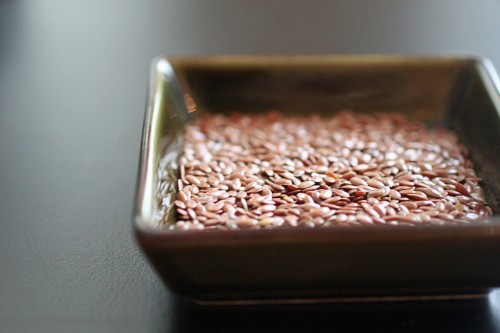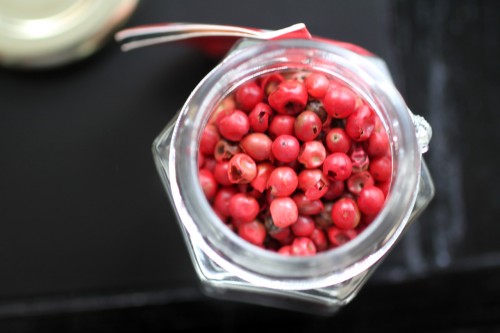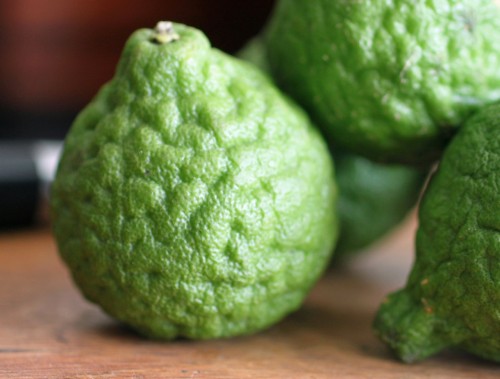Flaxseeds
These bear an uncanny resemblance to the Himalayan red rice of a few weeks ago, no? But red rice these are not. Although we think of flaxseeds as super healthy (which they are) and great on oatmeal and in granola (also true), flaxseeds have actually been used for centuries in cultural cooking from ancient Rome to the Egyptians.
A few years back, when I was learning about Ethiopian cuisine, I was pleasantly surprised to see flaxseeds toasted and sprinkled on top of salads, ground and mixed with water and honey to make a cool drink (telba), or ground into a paste to have with bread or the famous Ethiopian flatbread, injera. In Italy, it’s baked into bread, and, in India, flaxseeds are ground with spices to add to dishes or chutneys.
These cultures all recognize the not-so-secret health benefits of the seed and have found smart ways to incorporate it. High in Omega-3 fatty acids, high fiber, and cholesterol lowering, this is just a great ingredient to add in to cooking. I’m a huge fan of the morning, breakfast shake, where I always throw in a handful of flaxseeds. I take a cue from the Ethiopians and toast them like sesame seeds to sprinkle on my salads, and have thoughts about making a gorgeous spread out of it with spices, roasted garlic and cannellini beans.
How do you cook with flaxseeds?


























